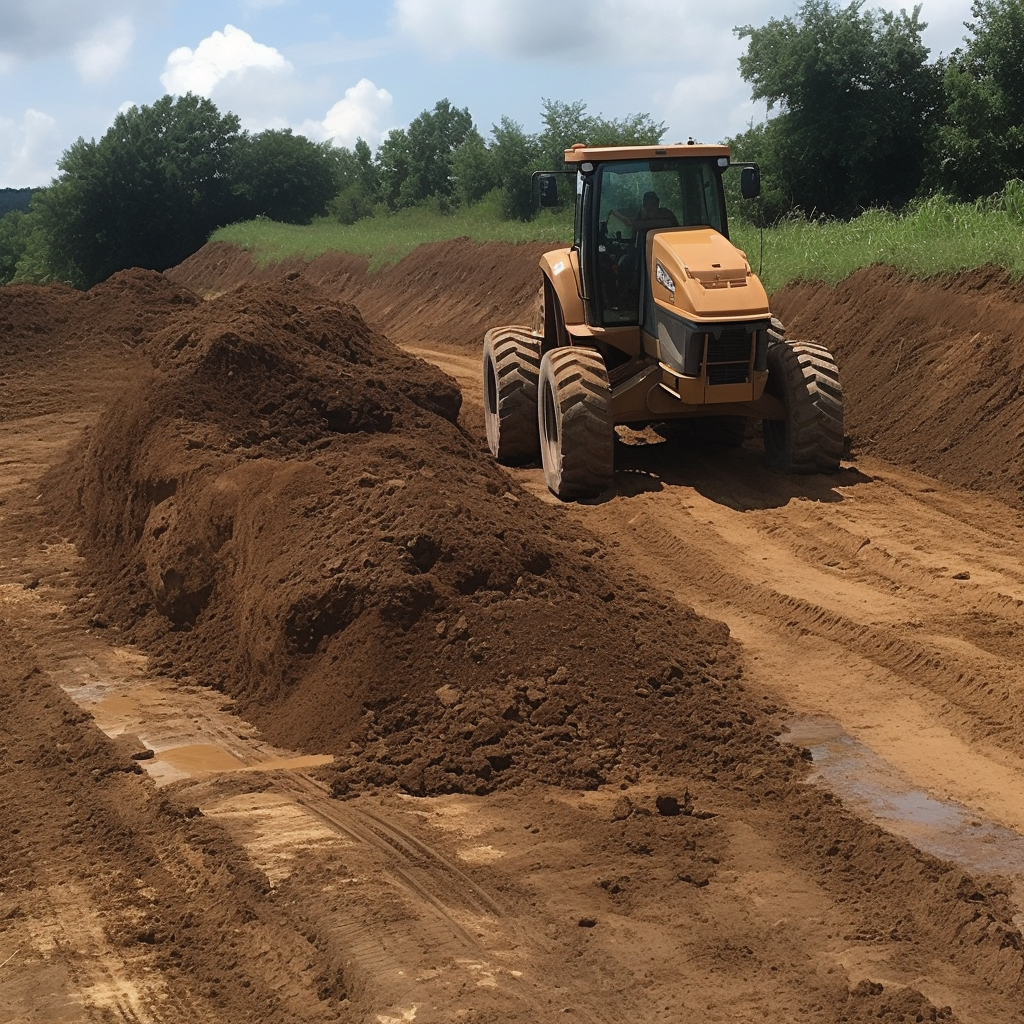Advantages of Soil Stabilization: Strengthening Infrastructure with Improved Foundation
Soil stabilization is a vital process that forms the foundation of various infrastructural projects. It involves treating soil to enhance its engineering properties such as strength, density and stability in order to make it suitable for construction. Soil stabilization has several advantages both economically, structurally and environmentally over traditional methods like replacement. Thus, this article seeks to explore some of the benefits associated with soil stabilization- from improving the load-bearing capacity of soils to reducing settling or subsidence issues during long-term usage- all leading towards safer and more sustainable infrastructure development.
Enhancing Structural Integrity of Infrastructural Projects
The structural integrity of infrastructural projects is crucial for their safe and sustainable operation. One effective way to enhance the structural integrity of these projects is through soil stabilization. This process involves adding stabilizing agents, such as lime or cement, to the soil in order to improve its load-bearing capacity and prevent settling or subsidence issues.Soil stabilization presents several advantages over traditional methods like replacement. Firstly, it is a cost-effective solution that can save time and resources on construction projects. Additionally, stabilized soil has improved durability which can result in longer-lasting infrastructure with reduced maintenance costs over time. Finally, by using existing materials rather than importing new ones from off-site locations, soil stabilization significantly reduces environmental impacts associated with transportation emissions.
Overall, enhancing the structural integrity of infrastructural projects through soil stabilization offers significant benefits both economically and environmentally while also improving the safety and longevity of vital structures essential to communities around the world.
Cost-Effective and Sustainable Solution for Soil Improvement
A cost-effective and sustainable solution for soil improvement is through the use of bio-fertilizers. These are organic fertilizers that contain beneficial microorganisms such as bacteria, fungi, and algae that help improve soil health by promoting plant growth and increasing nutrient availability. Biofertilizer application can increase crop yields while reducing the need for chemical fertilizers which can be harmful to both the environment and human health.Another solution is through the use of natural materials like geotextiles, gravel or sandbags that provide reinforcement to unstable soils prone to erosion or landslides. Geotextiles are synthetic fabrics made from polyester or polymer materials commonly used in road construction projects where they prevent soil movement during heavy rainfalls or earthquakes. Gravel/sandbags also act as a barrier against erosion caused by water flow and distribute loads on soft ground more evenly allowing structures built on them to last longer.
These solutions offer an alternative approach towards infrastructure development by focusing on environmentally friendly products with long-term benefits over conventional methods that rely heavily on non-renewable resources. Soil stabilization methods emphasize sustainability, durability, safety alongside efficiency thus making it attractive for engineers looking at ways of building strong foundations without compromising environmental quality standards.
Increased Durability and Reduced Maintenance
One of the significant advantages of soil stabilization is that it increases durability and reduces maintenance costs over time. Through the process, treated soils are strengthened to withstand heavy loads or traffic as well as harsh weathering elements such as water, freeze-thaw cycles, and erosion. As a result, infrastructure built on stabilized soils tends to have a longer lifespan compared to those constructed using untreated soils.Furthermore, stabilized soils require minimal upkeep in terms of repairs and replacements. Unlike traditional methods where regular maintenance is necessary due to weak or unstable soil conditions, solidified soils can handle wear and tear for extended periods without showing signs of deterioration. This aspect translates into cost-saving benefits since less investment will go into patch-ups or remedial works during the infrastructure’s lifetime. Therefore stabilizing soil creates an opportunity for creating long-lasting structures with limited requirement fixing issues regularly while reducing future expenses on repairs tremendously.
Mitigating Environmental Impacts of Construction Projects
Construction projects have a significant impact on the environment, including air and noise pollution, habitat destruction, and carbon emissions. However, soil stabilization is one technique that can be used to mitigate these environmental impacts. By improving the load-bearing capacity of soils through chemical or mechanical means, construction sites can reduce their footprint by decreasing the need for extensive excavation and replacement.Additionally, environmentally-friendly materials such as recycled waste products can often be utilized in soil stabilization instead of traditional methods like cement or gravel. This not only reduces costs but also contributes to sustainable development goals by avoiding unnecessary use of natural resources. Finally, stabilizing soil efficiently minimizes the risk of erosion or water runoff during construction periods that could lead to potential contamination downstream.
In conclusion, there are numerous benefits associated with utilizing soil stabilization for foundation infrastructure projects. As it improves engineering properties while minimizing environmental impacts considerably more than conventional techniques available today — stakeholder support becomes essential for the transition towards this solution across various job sites globally- making it an optimal method to consider moving forward when developing new structures around urban areas where ecosystem preservation needs attention too.

